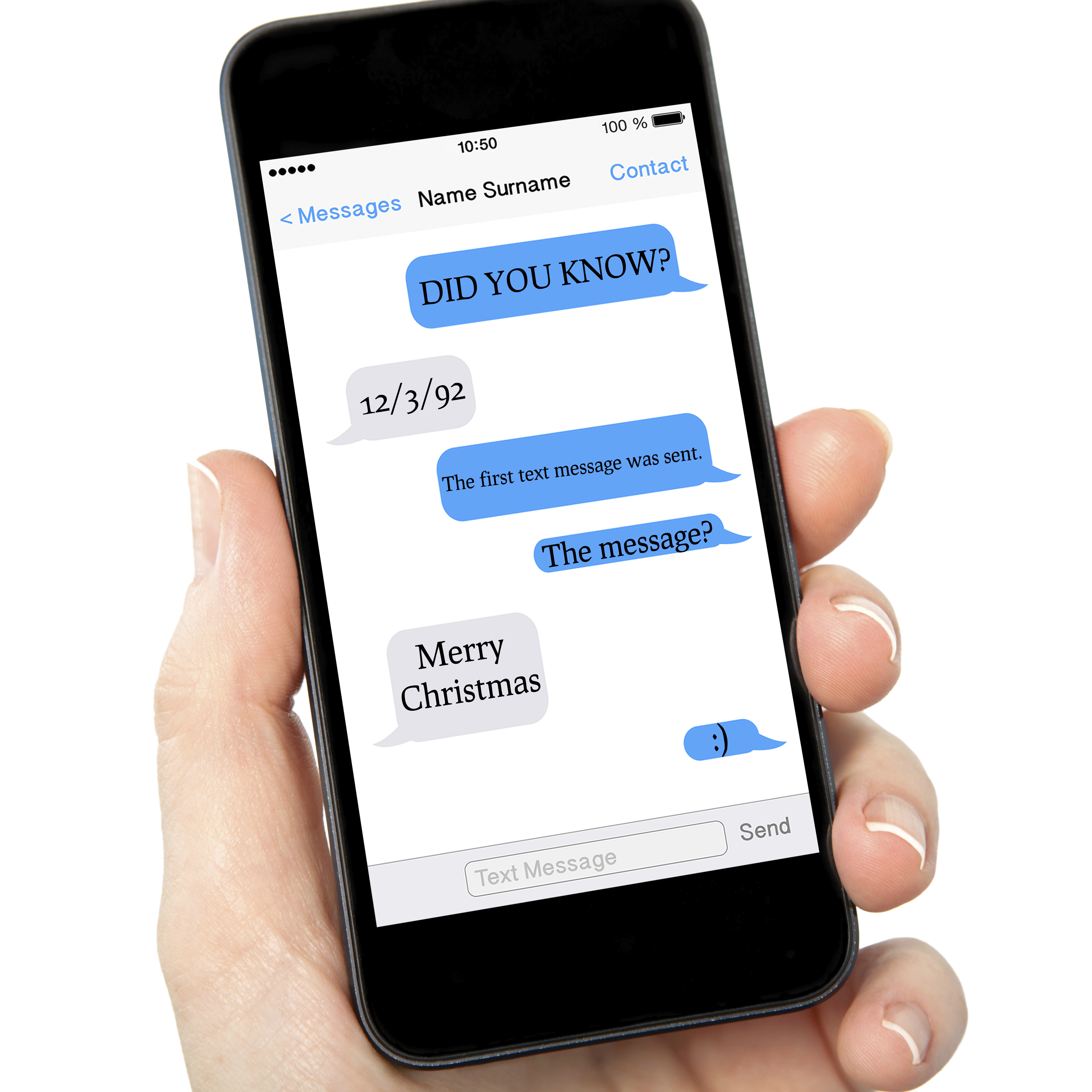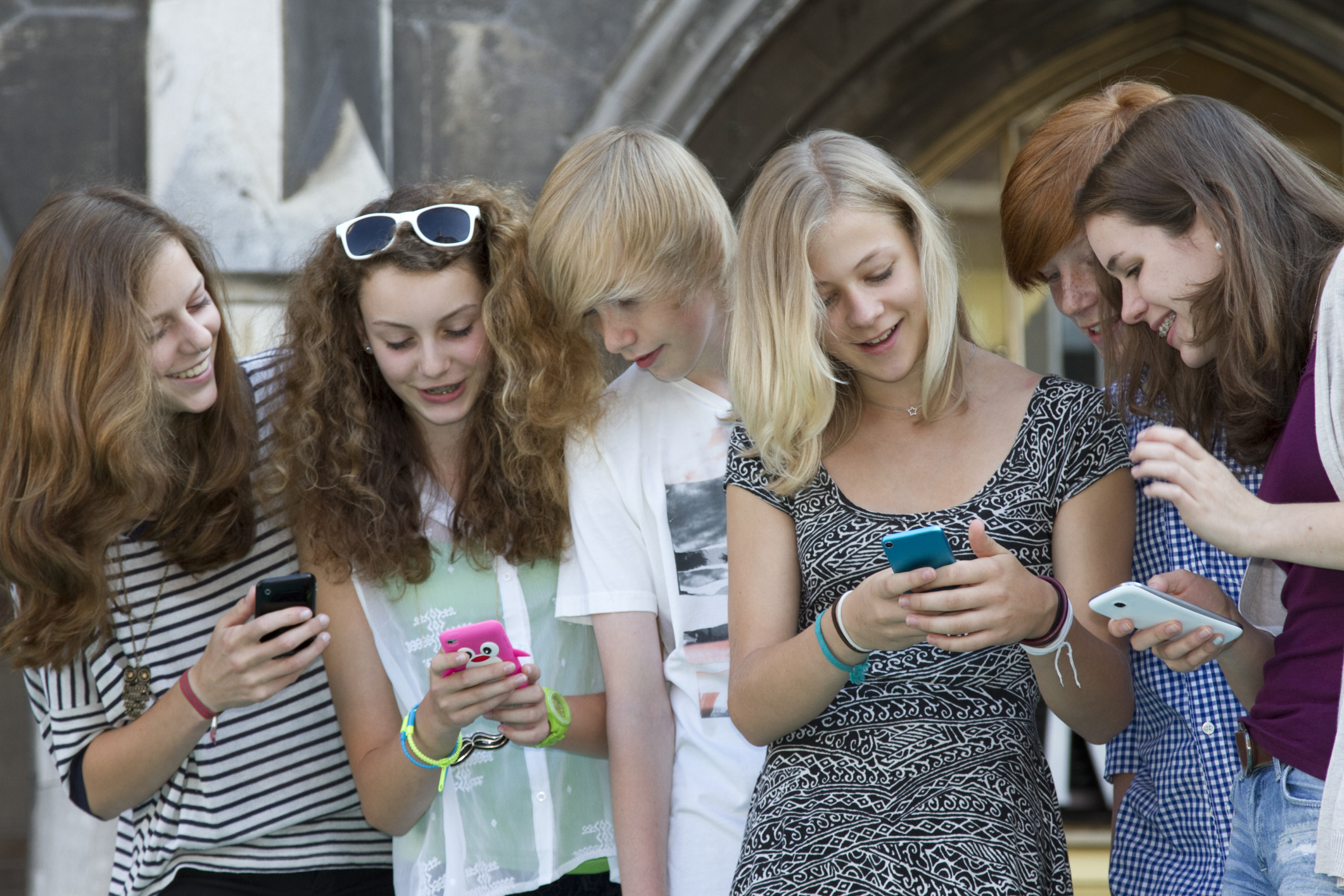On December 3rd of this year, text messaging will turn 22 years old. It seems impossible to imagine a world where friends and family weren't at our fingertips and where conversations were solely had in person or over a land-line telephone. As our world continues to globalize, it is no longer uncommon to catch up with grandparents over video screens, text clients to set-up meetings, or have decade long friendships with people we have never actually spoken with on the phone.

On December 3rd, 1992 the first text message was sent.
Texting has revolutionized the way we interact with each other, and with the insurgence of text messaging apps such as Whats App, it doesn't appear to be going anywhere anytime soon. As we approach the 22nd anniversary of text messaging this year, we can look back and see the changes that two decades of OMGs and LOLs have made on our lives and how the evolution of text messaging may change the way we communicate in the future.
The Humble Beginnings of Text Messaging
On December 3, 1992, a UK based software architect by the name of Neil Papworth sent a festive message to his boss Richard Jarvis of Vodafone. He typed out "Merry Christmas" on his desktop keyboard and sent it to the Jarvis's phone who was at a holiday party. It didn't make any news headlines or change the face of communication as we knew it, but Papworth's simple message would eventually transform into a new way of getting messages from one person to another.
Seven years later, mobile companies began to offer SMS technology to their customers and it took off more than anyone could have anticipated. By 2000, over 14 billion text messages were being sent every month in the United States and by 2010 that number had reached an astounding 188 billion. Text messaging was here to stay.
Text Messaging Today
According to Forrester Research, over 6 billion SMS messages are sent out everyday in the U.S. alone, but interestingly enough that number is expected to decline. New text messaging apps such as Whats App, are taking over the text messaging market and fast. Whats App now has over 430 million users, with 50 billion messages being sent through the free service everyday- more than all SMS providers combined.
Text messaging has already overtaken phone and face-to-face conversation, but only time can tell where the evolution of messaging services will take us next. With more people using services such as Face Time, where users can see who they are talking to through video conferencing, we may be going back to our roots in a more virtual environment.

Today's generation is glued to their phones all hours of the day. What will this mean for the future?
The Future of Text Messaging: A New Model for the Modern Business?
Even with all the new apps and services being added to the mobile marketplace everyday, the general consensus is that text messaging is here to stay. While what the future for text messaging entails remains uncertain, it is a wise decision for businesses to begin utilizing the channel for marketing and sales purposes. Through mass texting small businesses and large corporations alike can reach their prospective customers in a place they already exist 24/7.
Text messaging has evolved from a simple holiday greeting to a multi-billion dollar industry that has completely changed the way we connect with one another. With over twenty years of history behind it, the only thing for certain is that text messaging will continue to grow in one form or another. Will you be ready?
